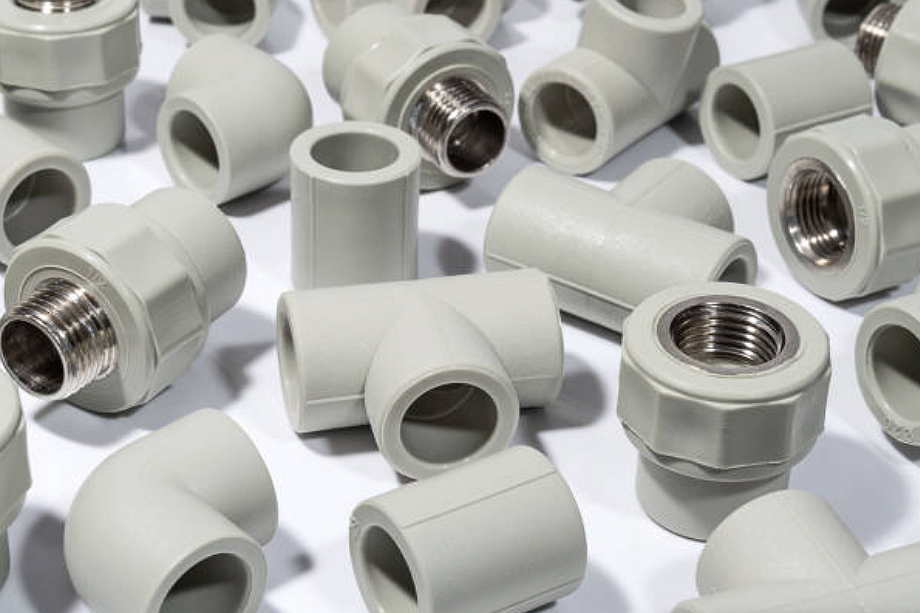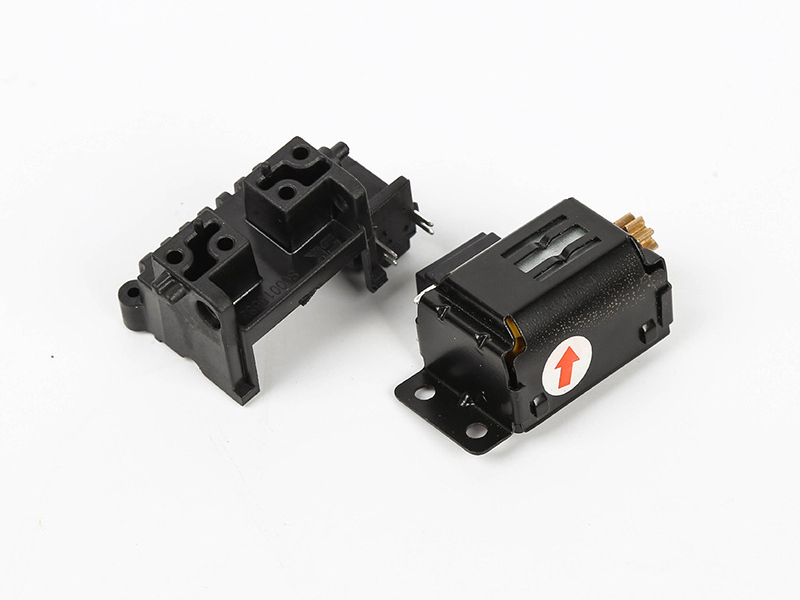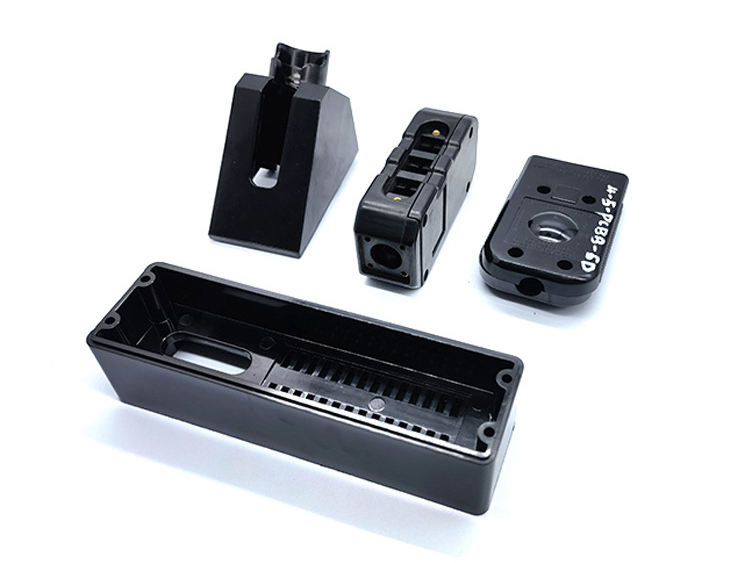Can insert molding reduce production costs compared to traditional methods?
Integrated Manufacturing Efficiency
Yes — insert molding can significantly reduce production costs by combining multiple parts and assembly steps into a single, automated molding operation. Traditional methods often require separate molding, machining, and assembly processes, which increase labor time, tooling complexity, and the risk of misalignment. By embedding metal or ceramic inserts directly into the molded component, manufacturers eliminate secondary fastening operations, achieving both cost and time efficiency.
Reduced Assembly Labor and Equipment Investment
In conventional manufacturing, fasteners, adhesives, or welding tools are required to attach inserts or reinforcement parts. Insert molding integrates these components during the injection cycle, removing the need for additional assembly stations. This streamlined workflow reduces manpower requirements and minimizes potential defects caused by manual handling. At Neway Precision, this approach aligns with lean production principles under their custom parts manufacturing service.
Material and Waste Optimization
Insert molding enables precise control of material flow and reduces excess resin usage compared to multiple-part assemblies. Advanced thermoplastics, such as nylon (PA), PBT, or PC, can be selectively molded around inserts, reducing material costs while maintaining structural integrity. Additionally, regrind and recycled materials can be used without compromising performance, supporting sustainable and cost-efficient production.
Tooling Durability and Cycle Time Reduction
Modern molds with surface treatments, such as PVD coating, nitriding, or anodizing, enhance wear resistance and improve cooling efficiency. This leads to shorter cycle times and longer mold life, which translates directly into lower per-unit production costs over time.
Reduced Defect Rate and Quality Control Costs
Because insert molding produces fully integrated parts, there are fewer interfaces prone to failure. This minimizes rework, scrap, and quality inspection costs. In industries such as automotive, medical devices, and consumer electronics, where precision and consistency are crucial, insert molding ensures high repeatability, thereby improving long-term cost efficiency.
Ideal for Scalable Production
For both low- and high-volume manufacturing, insert molding scales efficiently. Automation-friendly insert placement systems and multi-cavity molds enable high-throughput operations without compromising quality. When compared with manual assembly or post-machining, overall production costs can be reduced by up to 30–40% depending on design complexity and volume.



